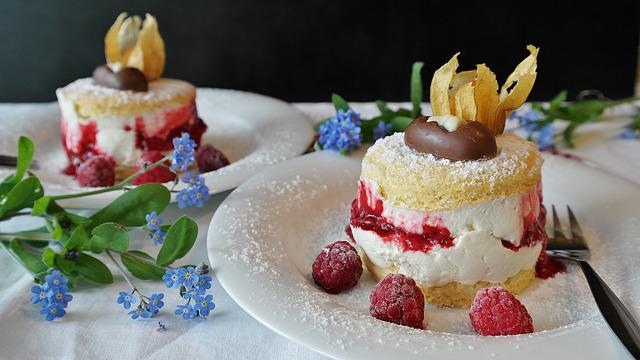Creativity is more than just painting or playing music; it’s about problem-solving, imagination, and the confidence to think differently. Nurturing creativity in children helps them develop essential life skills such as resilience, critical thinking, and innovation. Luckily, creativity isn’t something children either have or don’t have; it’s a skill that grows when given the right environment and opportunities, both in school and at home.
Below are some fun and practical activities that can strengthen your child’s creativity at home and beyond.
1. Encourage Open-Ended Play
Children thrive when they aren’t limited by strict rules or predetermined outcomes. Provide toys and materials that allow for multiple uses, like building blocks, clay, or even cardboard boxes. Open-ended play encourages kids to invent stories, create new worlds, and explore ideas freely.
Tip: Instead of asking, “What are you building?” try asking, “Tell me about what you’re making.” This opens up dialogue without imposing your expectations.
2. Foster Storytelling Through Words and Art
Storytelling sparks imagination and helps children express their thoughts in unique ways. Encourage your child to create short stories, comic strips, or puppet shows. They don’t need to write perfectly; what matters is the act of creating.
Ideas to try:
- Provide a box of random objects (like a toy car, scarf, or spoon) and ask them to weave these into a story.
- Use drawing prompts, such as “Imagine a city in the clouds” or “What if animals could talk?”
3. Introduce Creative Problem-Solving Challenges
Creativity often blooms when faced with a challenge. Give your child puzzles or scenarios that encourage them to think outside the box.
Examples:
- Build the tallest tower using only paper and tape.
- Design a new gadget that could solve a daily problem.
- Ask, “How many different uses can you think of for a paperclip?”
These types of challenges strengthen divergent thinking, a key aspect of creativity.
4. Explore Nature and the Outdoors
Nature stimulates curiosity and imagination. A simple walk in the park can turn into a treasure hunt, an art project, or a mini science experiment. Encourage your child to collect leaves, stones, or flowers and then use them for creative projects like leaf rubbings, rock painting, or inventing “magical potions.”
Spending time outdoors also helps children see patterns, colours, and shapes that inspire creative thought.
5. Provide Opportunities for Music and Movement
Creativity isn’t limited to the visual arts; it also thrives through music and movement. Encourage your child to dance, experiment with rhythms, or make instruments from everyday objects (like rice in a jar for a shaker).
Music and movement help kids express emotions, explore patterns, and build confidence in self-expression.
6. Allow Space for Boredom
It might sound counterintuitive, but boredom can be a powerful catalyst for creativity. When children don’t have constant entertainment, they’re pushed to invent their own fun. Resist the urge to fill every quiet moment with screens or structured activities. Instead, let them explore, imagine, and create solutions to their own boredom.
Strengthening your child’s creativity doesn’t require expensive tools or elaborate plans – it’s about providing time, space, and encouragement. Celebrate their efforts rather than focusing on outcomes, and show them that creativity is about exploration, not perfection.
When children feel safe to experiment, make mistakes, and imagine without limits, their creativity blossoms in ways that will benefit them for life.








Leave a Reply